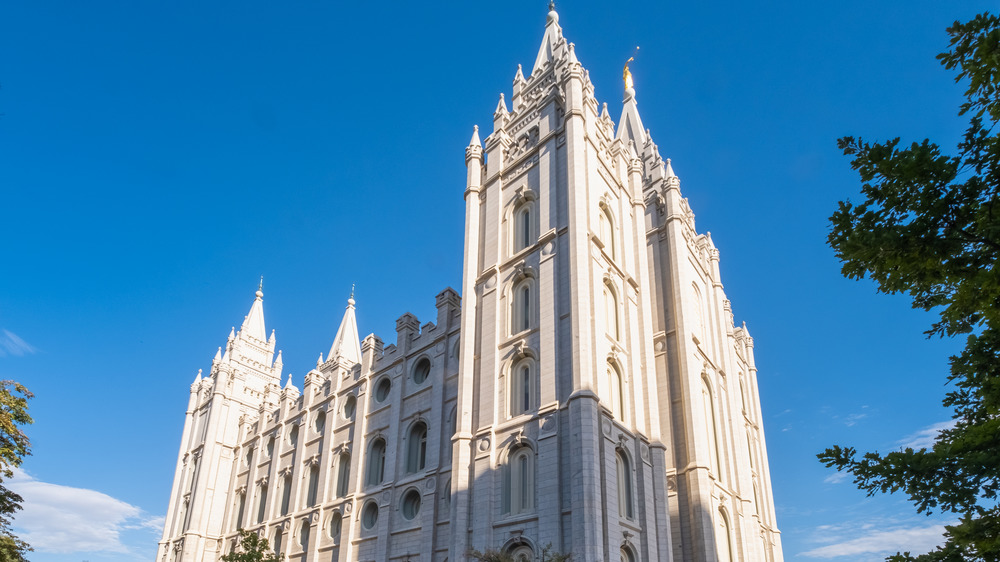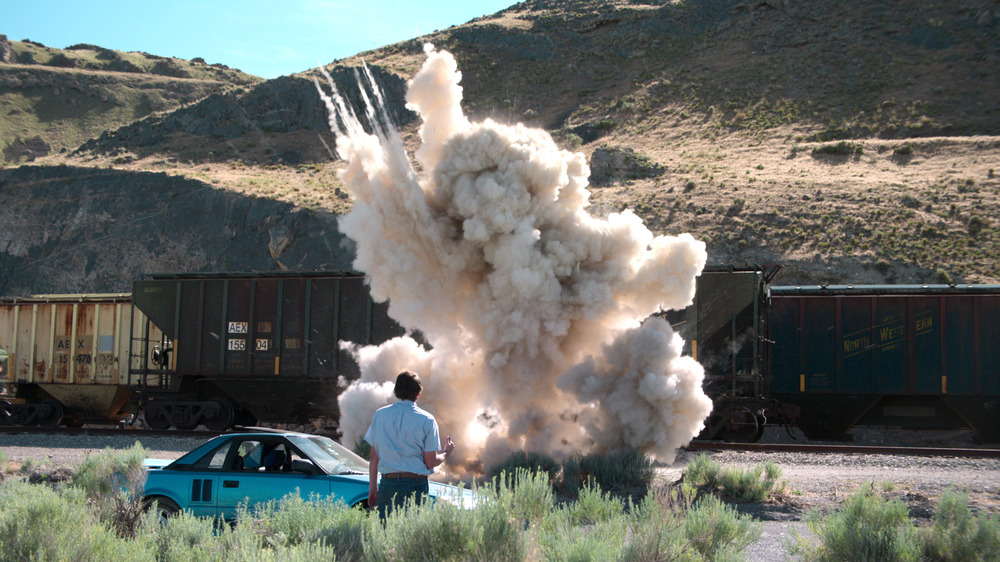Why The Murder Among The Mormons Directors Think The LDS Church Won't Like The Series
Netflix's new true-crime documentary Murder Among the Mormons showed a peek into a world not many people know. The documentary looks at the 1985 Salt Lake City bombings and the possible connection the Church of Jesus Christ of Latter-day Saints had to the perpetrator, noted forger Mark Hofmann. Murder Among the Mormons documents Hofmann's life and how he faked historical documents related to the Mormon Church. It also details how he made and set off bombs to kill potential buyers of his forgeries.
If you're unfamiliar with the whole thing, here's a quick rundown (via Marie Claire). Hofmann grew up in the Church of Jesus Christ of Latter-day Saints and even volunteered to go on missionary trips. But he became disillusioned with the church and created documents related to the creation of the church. He included faked information that was deemed embarrassing, including a letter that supposedly showed the church's founder, Joseph Smith, used magic and possibly dug up his brother's grave. He also forged works by Charles Dickens and Mark Twain.
But Hofmann was in serious debt. He had over-promised on rare documents, and decided that the best way to resolve his situation was to bomb his customers.
The documentary series also touched on the lengths the church took to protect its secrets, even if Hofmann faked those secrets. The documentary is bound to be as controversial among followers of the religion as the 2011 musical Book of Mormon, though less song and dance and more explosions.
It was educational
The film's directors, Jared Hess and Tyler Measom, grew up in the church and were young when the bombings happened. Hess told Deseret News they prepared for some blowback from the community; after all, the show's title is a little sensational.
Hess said he showed early cuts of the show to his family and friends in the church to see their reaction. The response was mostly positive, with Hess's brother saying the documentary was pretty educational because it gave details about the different cases and shed more light on why the church reacted the way it did.
In an interview with Esquire, the directors said that in the end, the story shows the good guys winning and the bad guy going to jail. They feel their documentary stayed true to facts in the case, proving that they don't have an ax to grind against the church. Hess noted it was important to be factual because it's an event not many outside Utah know.
Even though some members of the church reacted positively to the show, the Church of Jesus Christ of Latter-day Saints has not yet commented on it.

